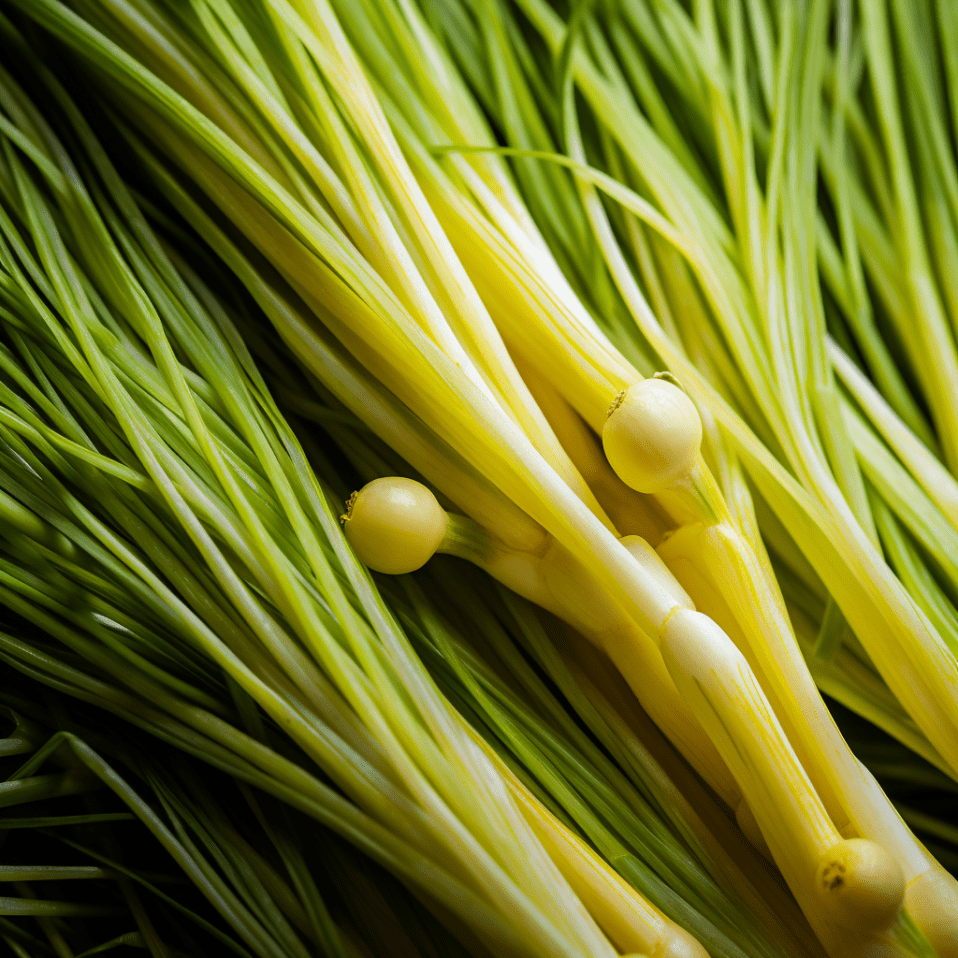Cutting boards are a staple in most kitchens, known for their ability to keep your bench tops safe from cuts and scratches as you prepare food. However, with so many different materials available, choosing the best cutting board material can be challenging. In this article, we’ll explore the best cutting board materials and what makes them stand out.
One of the most popular and best cutting board material is wood, particularly hardwoods like maple, cherry, teak, beech, acacia, and walnut. Wood is a durable and long-lasting material that is gentle on knives and won’t dull their blades. It also has natural antimicrobial properties that make it more hygienic than other materials. However, wood cutting boards require more maintenance than other materials and can be prone to warping and cracking if not properly cared for.
Another popular and best cutting board material is plastic, which is lightweight, affordable, and easy to clean. Plastic cutting boards are available in a range of colors and sizes, making them a versatile option for any kitchen. They are also dishwasher safe, which makes them easy to sanitize. However, plastic cutting boards are not as durable as wood and can be prone to scratches and cuts that can harbor bacteria.
Contents
Best Cutting Board Materials
Wooden Cutting Boards
When it comes to best cutting board materials, wooden boards are a popular choice for many home cooks and professional chefs. Wooden boards are sturdy, durable, and gentle on knives, making them an excellent surface for prepping veggies, carving meat, and chopping garlic. In this section, we’ll take a closer look at wooden cutting boards, including the types of wood used, maintenance and cleaning, and durability and longevity.
Types of Wood
There are several types of wood used for cutting boards, each with its unique characteristics. Some popular options include maple, teak, walnut, cherry, and acacia. Maple wood is a favorite among many chefs due to its hardness and density, making it resistant to scratches and knife marks. Teak is another popular choice, known for its durability and resistance to warping and cracking. Walnut and cherry are attractive options that are also gentle on knives. Acacia is a dense and stable wood that is resistant to stains and odors.
Maintenance and Cleaning
Proper maintenance and cleaning are essential for keeping wooden cutting boards in excellent condition. To clean a wooden board, use a gentle soap and warm water, making sure to rinse thoroughly and dry completely. Avoid soaking the board in water or putting it in the dishwasher, as this can cause warping and cracking. Instead, use a mixture of coarse salt and lemon juice to sanitize the board and remove any stains or odors.
Durability and Longevity
Wooden cutting boards are known for their durability and longevity, making them a valuable investment for any kitchen. However, to ensure maximum lifespan, it’s essential to properly care for and maintain the board. This includes regular cleaning, oiling, and avoiding exposure to heat and moisture. Wooden boards with juice grooves or handles may require extra attention to ensure proper cleaning and storage.
In conclusion, wooden cutting boards are a popular and practical choice for home cooks and professional chefs alike. With proper care and maintenance, a wooden board can last for many years, providing a sturdy and reliable surface for prepping veggies, carving meat, and serving cheese. When choosing a wooden board, consider the type of wood, maintenance and cleaning requirements, and durability and longevity to ensure you get the best value for your investment.
Plastic Cutting Boards
When it comes to choosing best cutting board material, plastic is one of the most popular and versatile options available. Plastic cutting boards are known for their durability, affordability, and low maintenance, making them a great choice for busy kitchens. In this section, we will discuss the different types of plastic cutting boards, how to clean and maintain them, and their durability and longevity.
Types of Plastic
There are several types of plastic used for cutting boards, including polypropylene, high-density polyethylene (HDPE), and acrylonitrile butadiene styrene (ABS). Polypropylene is the most common type of plastic used for cutting boards. It is lightweight, dishwasher-safe, and gentle on knives. HDPE is a harder and more durable plastic that is resistant to cuts and scratches. ABS is a more rigid and heat-resistant plastic that is often used for commercial cutting boards.
Maintenance and Cleaning
One of the biggest advantages of plastic cutting boards is their low maintenance. Plastic cutting boards can be easily cleaned with soap and water, and many are dishwasher-safe. However, it is important to note that plastic cutting boards can become porous over time, which can harbor bacteria. To prevent this, it is recommended to replace your plastic cutting board every few years or when it becomes heavily scratched.
Durability and Longevity
Plastic cutting boards are known for their durability and longevity. They are resistant to cuts and scratches, which can help prolong their lifespan. However, it is important to note that plastic cutting boards can warp or melt if exposed to high heat, so it is important to avoid placing them near hot surfaces or in the dishwasher’s drying cycle.
When it comes to choosing a plastic cutting board, there are several factors to consider, such as size, shape, design, and handles. OXO Good Grips is a popular brand that offers a variety of plastic cutting boards with non-slip feet and attractive designs. It is also important to consider the board’s stability and safety, as a slippery surface can increase the risk of knife injuries and cross-contamination.
Glass Cutting Boards
Glass cutting boards are becoming increasingly popular in kitchens due to their attractive design and low maintenance. However, there are several pros and cons to using glass cutting boards that should be considered before making a purchase.
Pros and Cons
One of the main advantages of glass cutting boards is that they are heat-resistant and can be used as a surface to place hot pots and pans. They are also hygienic and easy to sanitize, making them a good choice for cutting veggies and other foods that require minimal cleaning. Additionally, glass cutting boards are attractive and can add a modern touch to any kitchen.
However, glass cutting boards are not without their drawbacks. One major issue is that they are hard and can quickly dull knives, which can be dangerous in the kitchen. They also have a tendency to slide around on countertops, which can make cutting difficult and unsafe. Finally, glass cutting boards are not reversible and often do not have handles, making them less versatile than other cutting board options.
Maintenance and Cleaning
Glass cutting boards are relatively low maintenance and can be easily cleaned with soap and water. They are also dishwasher-safe, which can save time and effort in the cleaning process. However, it is important to note that glass cutting boards can become scratched over time, which can harbor bacteria and make them less hygienic. To avoid this, it is recommended to use a soft sponge or cloth when cleaning glass cutting boards.
Durability and Longevity
Glass cutting boards are generally durable and long-lasting, as they are resistant to scratches and stains. However, they can be prone to cracking or breaking if dropped or exposed to sudden changes in temperature. It is also important to note that glass cutting boards are not as stable as other cutting board options, which can make them more prone to accidents in the kitchen.
Overall, glass cutting boards can be a good choice for those looking for an attractive and low maintenance cutting board option. However, it is important to consider the pros and cons before making a purchase to ensure that it meets your needs and preferences.
Sources:
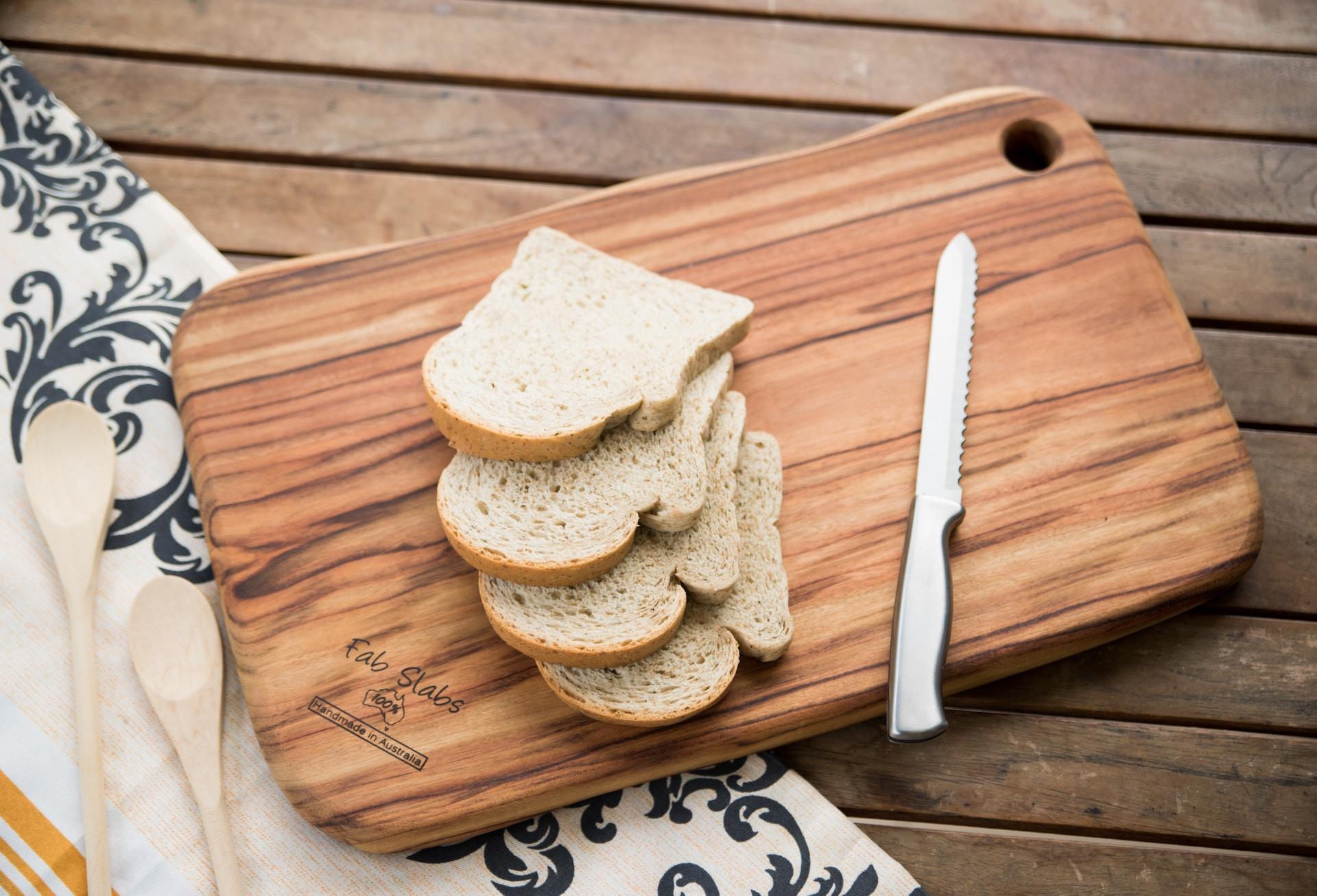
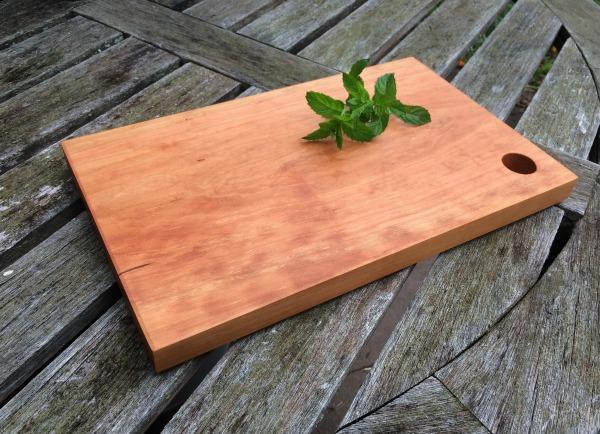
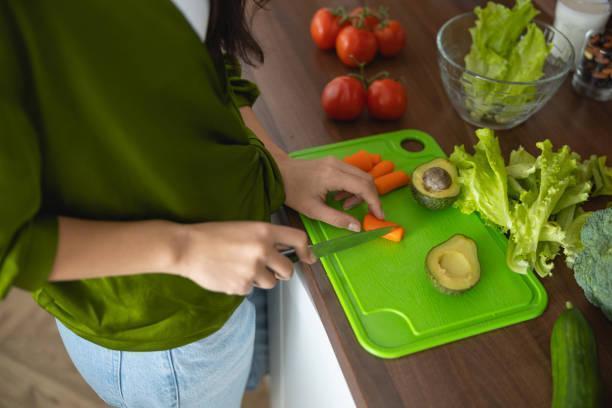
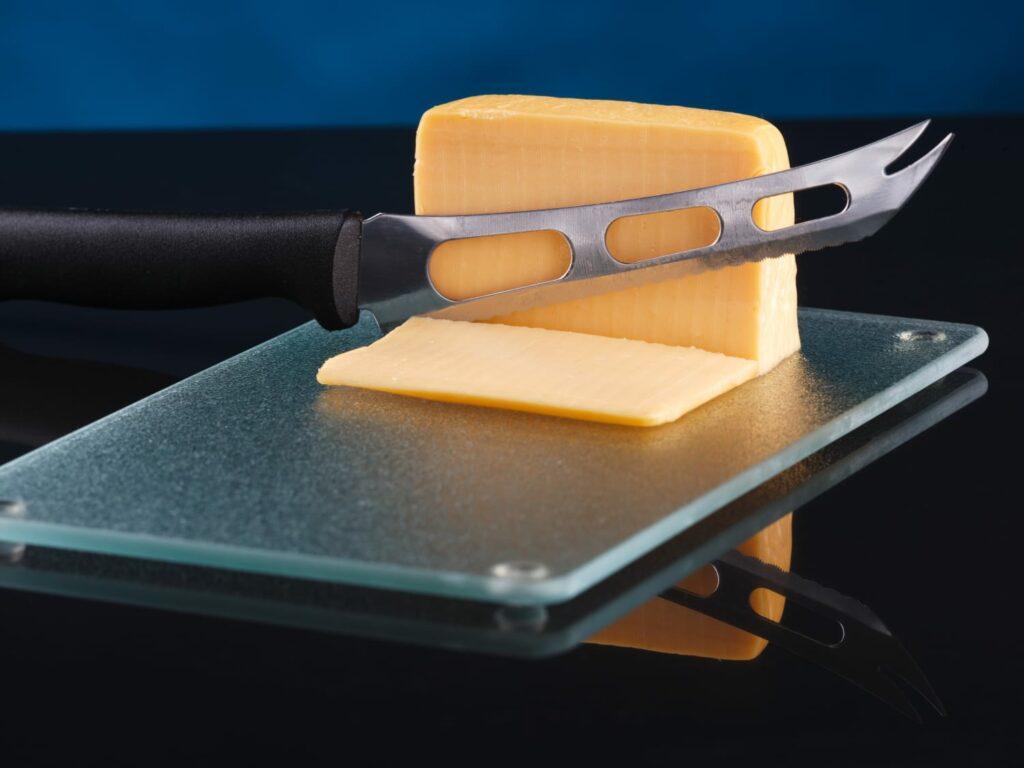

![Froth Milk Hot or Cold? [Which One Is Better]](https://kitchenbarrels.com/wp-content/uploads/2022/12/froth-milk-hot-or-cold.jpg)
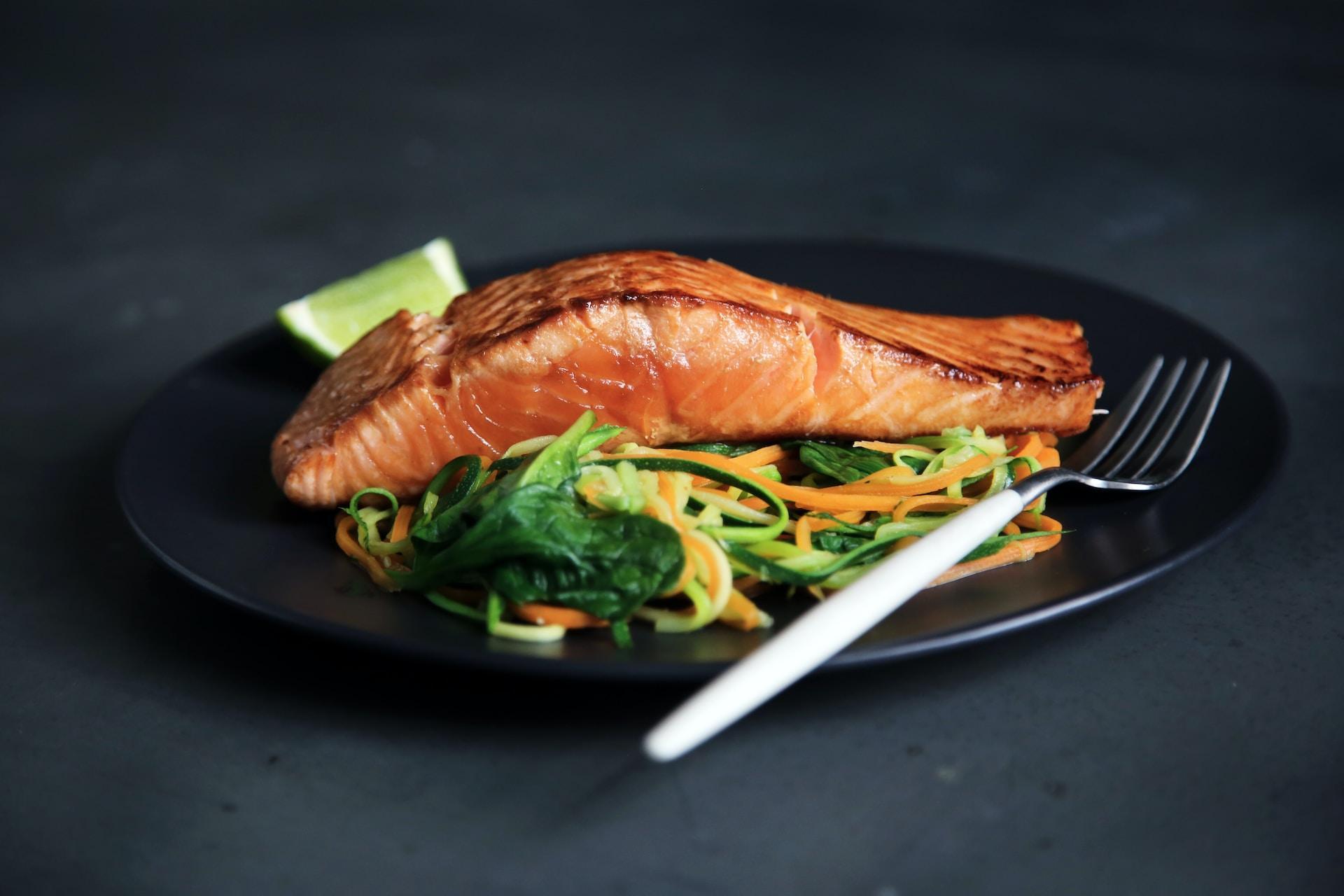
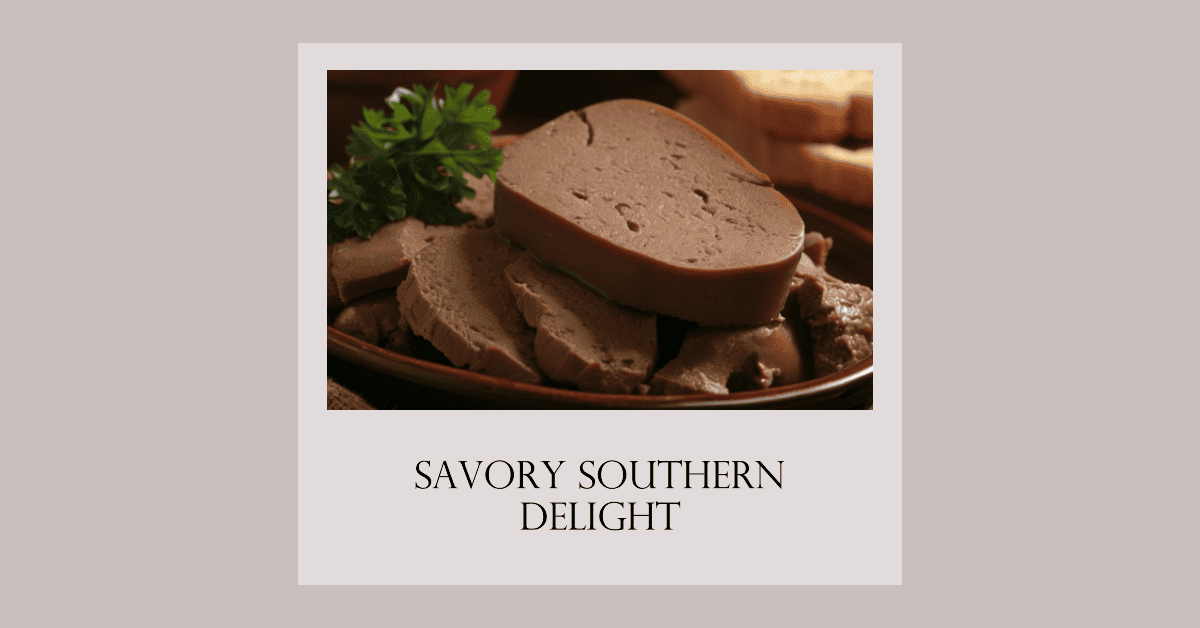
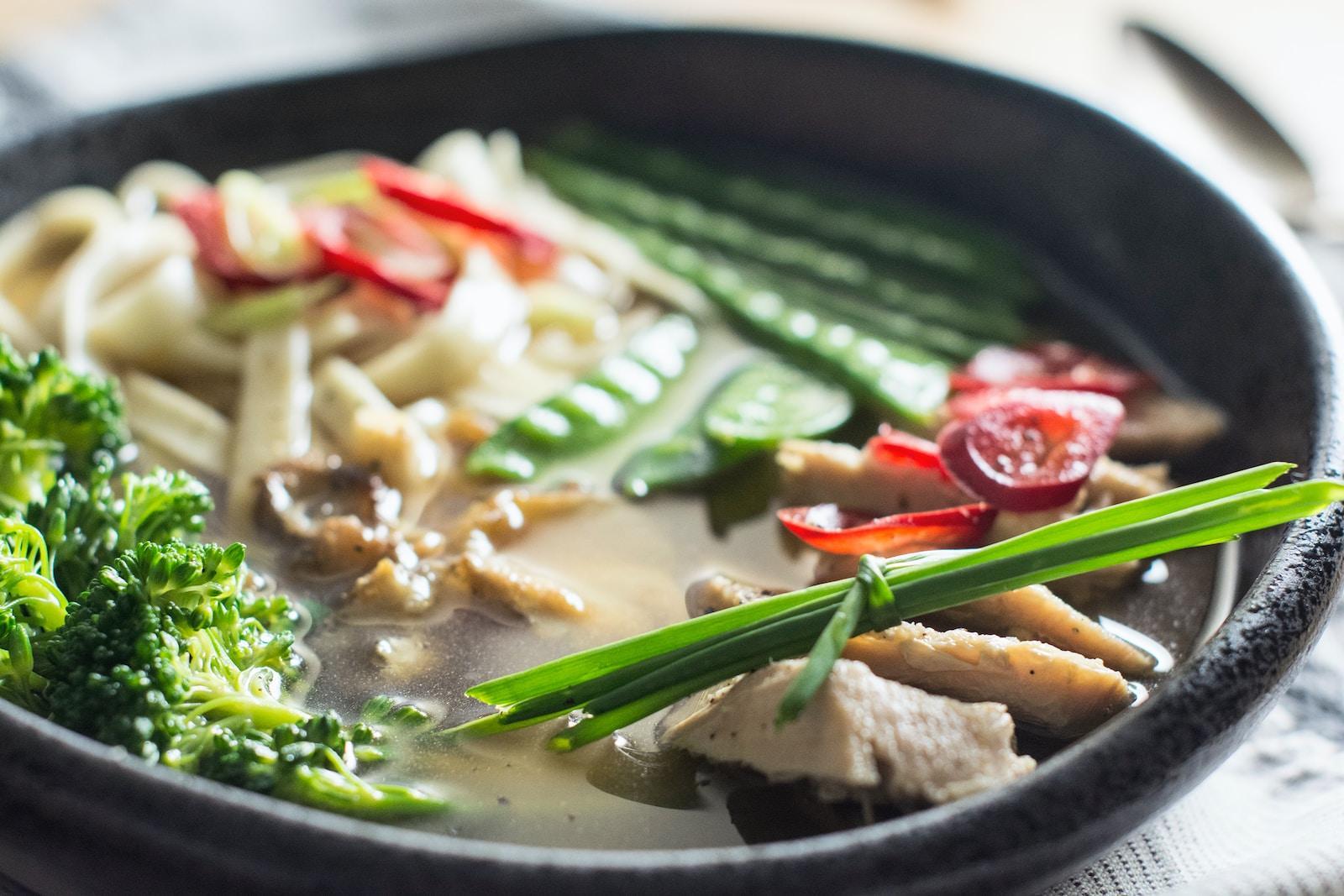
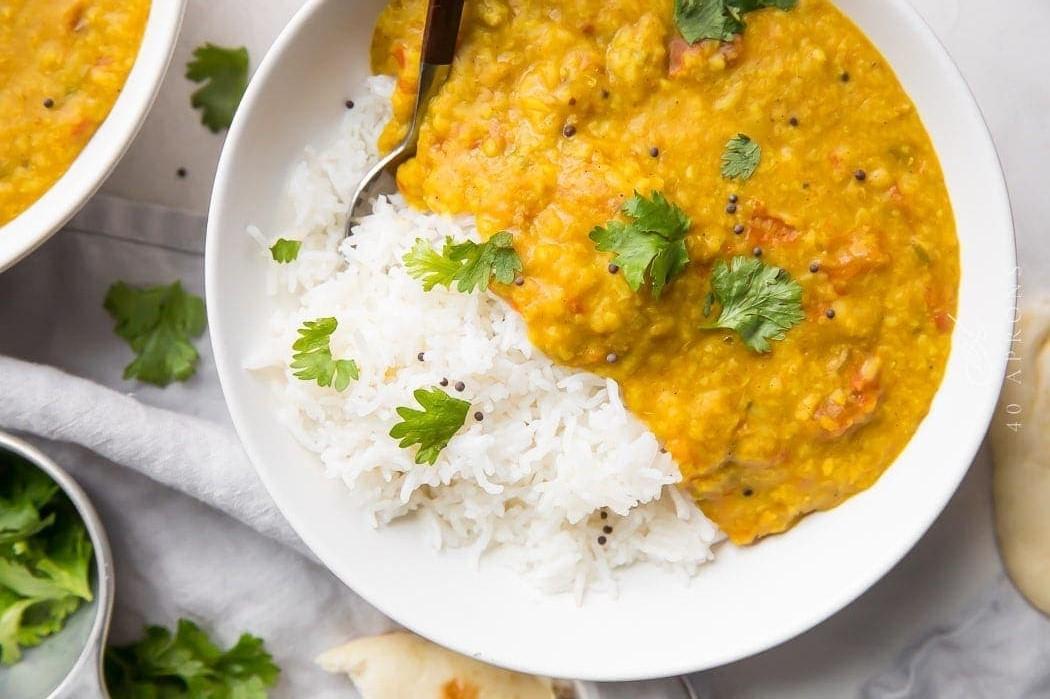
![What Temp To Serve Brisket [Ideal Temperature]](https://kitchenbarrels.com/wp-content/uploads/2022/12/What-Temp-To-Serve-Brisket-jpg.webp)
![Electric Smoker Won't Go Above 200? [Reasons & Fixes]](https://kitchenbarrels.com/wp-content/uploads/2022/08/Electric-Smoker-wont-go-above-200.jpg)
